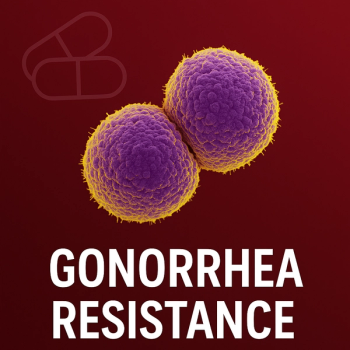
Same-Day ART Initiation Supported by 2-Year Follow-Up Study
Recommendations to offer antiretroviral therapy on the same day as home-based HIV testing were reinforced by a 2-year follow-up study that examined involvement in care and viral suppression.
The benefits of offering antiretroviral therapy on the same day as home-based HIV testing stood up in a 2-year follow-up of the CASCADE trial in Lesotho, Africa.
The study, published in the journal
“To our knowledge this is the first study reporting on 24-month outcomes after same-day ART initiation in resource-limited settings,” the study authors noted.
The CASCADE study is among
The follow-up study found that while involvement in care and viral suppression leveled off at 24 months, there was no significant disengagement among patients in the same-day group.
Conducted by investigators from Switzerland, the study involved six health facilities in the Butha-Buthe district of northern Lesotho in a 24-month follow-up to the CASCADE trial, assessing engagement in care, reasons for non-engagement, viral suppression and the acquisition of drug-resistance mutations (DRMs).
The study included 274 participants recruited from February 22, through July 17, 2016, with the follow-up taking place from December 23, 2017, through November 11, 2018.
In sub-Saharan Africa, a challenge to meeting antiretroviral recommendations for HIV is linking individuals diagnosed with care. The CASCADE trial attempted to address this challenge by administering ART on the same day a patient acquired an HIV diagnosis during a home-based HIV testing campaign.
Individuals in the CASCADE trial’s UC arm received at least 2 counseling sessions at a health facility before starting ART. In the SD arm, patients were given a 30-day supply of ART on the same day as diagnosis.
Initial studies showed significant improvements in outcomes among those in the SD arm, but questions remained about the long-term outcomes of this approach.
The recent study found that 64% of patients in the SD arm were in care 24 months after enrollment, compared with 59% in the UC arm. Documented viral suppression was seen among 57% in the SD arm and 54% in the UC arm. Disengagement in care between 12 and 24 months was similar in both arms (11% in the SD arm and 9% in the UC arm), and new engagements were higher among patients in the UC arm (30%) than in the SD arm (22%).
“Two years after testing HIV-positive, a significant difference in engagement in care and viral suppression was no longer observed between the SD and the UC arm,” the study noted. “Equalization between both arms appears to be mainly driven by higher rates of later linkage in the UC arm as we did not observe higher rates of disengagement from care in the SD arm.”
Higher engagement at 24 months was associated with older age and knowledge of HIV status before the home-based testing. The primary reasons for non-engagement in care were rejection of the health care system, skepticism related to the HIV diagnosis or ART, and being unwilling or not ready to take ART.
“Our findings endorse the current WHO (World Health Organization) recommendation to offer rapid or even same-day ART initiation to individuals diagnosed HIV-positive,” the study noted. “Our findings do not indicate that higher initial linkage to care through SD ART would result in substantially higher attrition from care beyond 12 months. Furthermore, the risk of developing drug resistance through same-day ART in those who do not link to care exists, but appears to be low. However, offering same-day ART during home-based HIV testing campaigns alone does not lead to sufficient linkage to care nor sufficient engagement in care. Additional strategies are needed to address the remaining individual challenges in linking to and remaining in care.”
Along with work to increase linking to care, efforts are underway to improve ART for those diagnosed with HIV, including
At the end of 2018, there were approximately 37.9 million individuals living with HIV worldwide, according to the WHO, which recently released
Newsletter
Stay ahead of emerging infectious disease threats with expert insights and breaking research. Subscribe now to get updates delivered straight to your inbox.



























































































































































































































































































